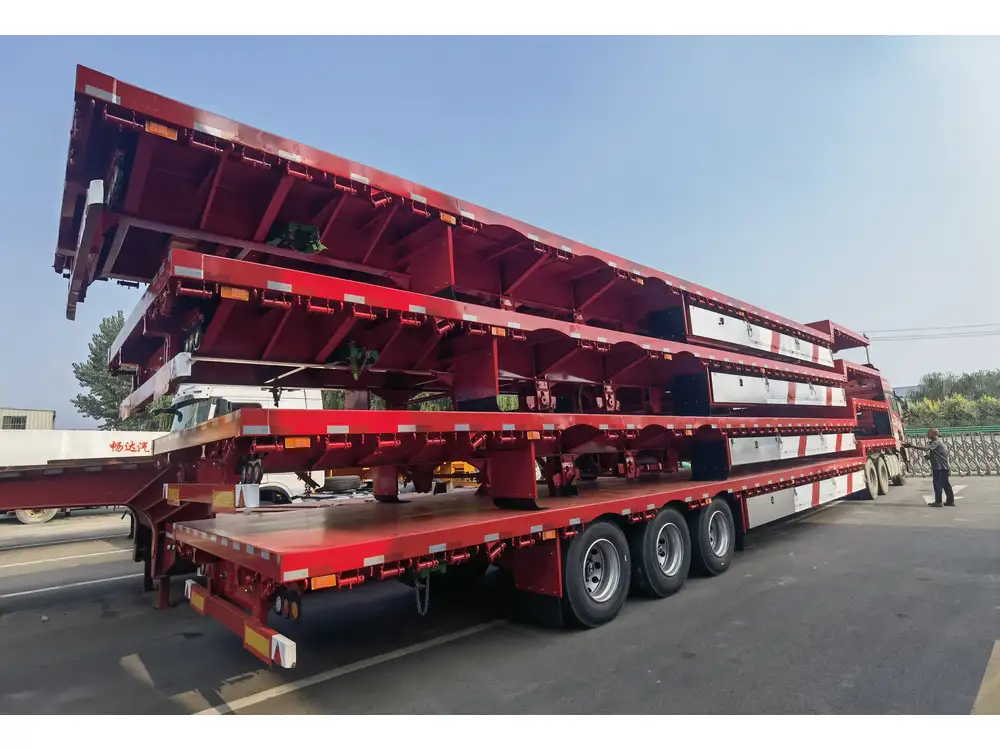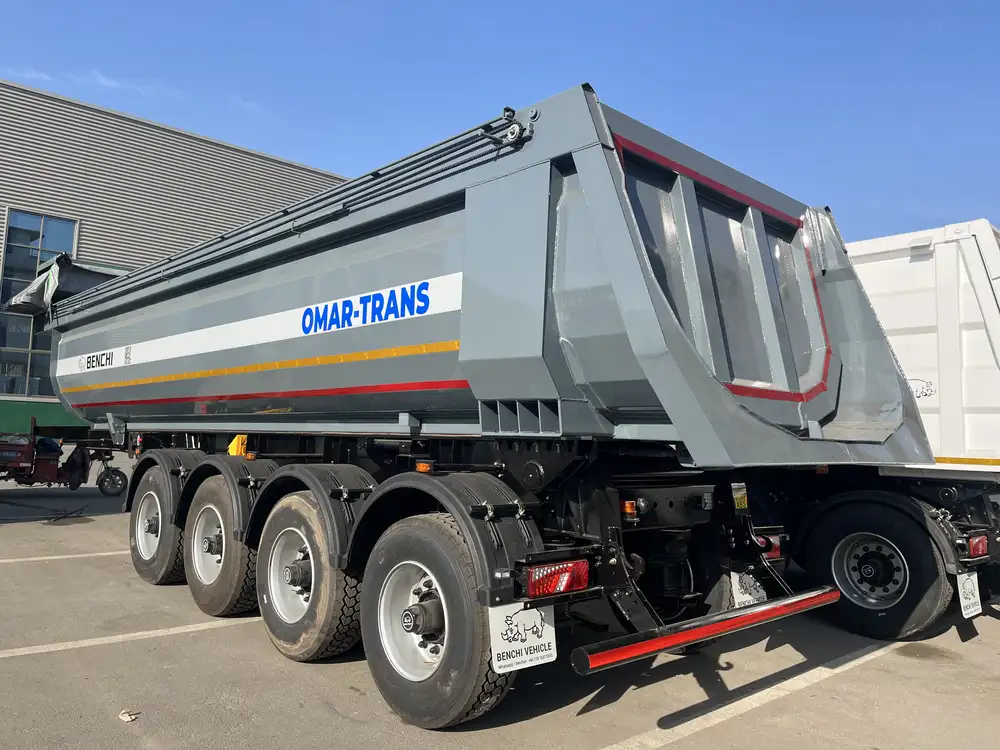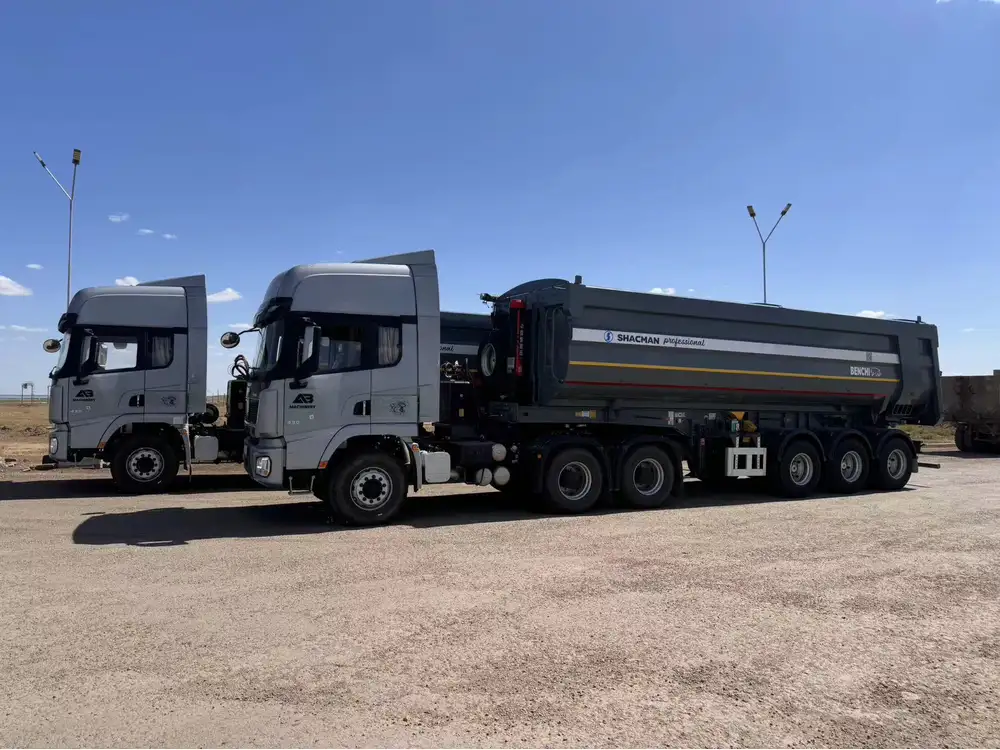Transporting heavy materials like steel I-beams requires meticulous planning and secure fastening to prevent accidents, cargo loss, and potential road hazards. In this article, we explore effective techniques to secure steel I-beams using chains on flatbed trailers, focusing on various methods, safety considerations, and practical tips to achieve safe transportation.
Understanding Steel I-Beams and Their Transport Requirements
Steel I-beams are commonly used in construction due to their strength and structural integrity. However, their weight and shape pose unique challenges during transport on flatbed trailers. Knowing the correct procedures for loading, securing, and unloading these beams is crucial for ensuring safety and compliance with regulations.
Properties of Steel I-Beams
| Property | Description |
|---|---|
| Shape | Typically resembles an uppercase “I” |
| Weight | Varies from hundreds to thousands of pounds per beam |
| Length | Common lengths range from 20 to 60 feet |
| Application | Used in building frameworks, bridges, and industrial structures |

Preparing for Loading: Essential Preparations
Before you begin to load the steel I-beams, make sure your equipment and workspace are properly organized.
Equipment Checklist
- Flatbed Trailer: Ensure it’s suited for the weight and dimensions of the I-beams.
- Chains: Use high-tensile strength chains that can withstand the weight of the steel.
- Binders: Ratchet binders or lever binders to secure chains efficiently.
- Edge Protectors: Prevent chain damage to the beams and trailer.
- Safety Gear: Hard hats, gloves, steel-toed boots, and reflective vests.
Best Practices for Loading
- Inspect the Trailer: Look for any physical damage or obstructions on the loading surface.
- Use Proper Lifting Gear: Employ forklifts or cranes to maneuver the beams accurately into place.
- Center the Load: Position each I-beam evenly on the trailer to distribute the weight uniformly.

Methods for Securing I-Beams with Chains
Securing steel I-beams using chains on a flatbed trailer involves specific techniques designed to ensure stability during transport. Here’s a detailed breakdown.
1. Chain Configuration: The Basics
- Chain Length: Select chains of appropriate length, allowing for sufficient wrap and tightening.
- Chain Type: Use G70 or higher-grade chain for enhanced strength and durability.
2. Positioning the Chains
- Horizontal Straps: Position the chains horizontally across the width of the beams. This prevents lateral movement.
- Vertical Straps: Attach vertical chains to secure the height, essential if the I-beams are stacked.

3. Using Ratchet Binders
This method allows you to effectively tighten the chains to secure the load tightly.
- Placement of Binders: Place each binder at the end of the chain to enable maximum leverage.
- Tightening Process:
- Align the chain snugly around the I-beam.
- Use the ratchet mechanism to pull the chain and eliminate slack.
- Ensure the load is secure before finalizing.
4. Utilizing Edge Protectors
Incorporate edge protectors where the chain contacts the I-beams. This prevents abrasion and potential damage to both the beams and the trailer.
5. Creating a Cradle
For extra stability, create a cradle effect by crossing the chains. This method not only holds the I-beams tightly but also adds an additional layer of security.

Safety Regulations and Best Practices
Complying with safety regulations is paramount. Familiarize yourself with the following:
- Department of Transportation (DOT) Regulations: Ensure your methods comply with local and federal standards regarding load securement.
- Weight Distribution Guidelines: Maintain adherence to proper weight distribution to enhance vehicle stability and handling.
- Regular Inspections: Conduct routine checks of fastening equipment and trailer integrity before and during the transport.
Unloading Steel I-Beams: The Reverse Process
After successfully transporting the steel I-beams to their destination, it’s time for unloading. This process must be carried out with equal precision and safety.
Steps for Safe Unloading
- Impartial Inspection: Before unloading, inspect the load for any potential damage.
- Communicate Clearly: Establish signals or use radios among the team to coordinate the unloading process.
- Ensure Stability: Before removing chains, confirm the I-beams are stable and won’t shift.
- Use Equipment Judiciously: Employ forklifts or cranes as needed to gently lower I-beams to the ground.

Common Mistakes to Avoid in Unloading
- Rushing the Process: Take your time to evaluate the load and surroundings before commencing.
- Neglecting Equipment Checks: Always check equipment for damage or wearing that may compromise safety.
Addressing Potential Issues During Transport
During the transportation of I-beams, unforeseen complications might arise. Here’s how to mitigate these challenges effectively.
1. Load Shift
Signs: Uneven tire wear, unusual vehicle swaying.
Solution: Regularly inspect the load and make adjustments as needed during transit.

2. Weather Conditions
Challenges: Rain, snow, or high winds can compromise load stability.
Preparation: Use tarps for protection and avoid transporting in severe conditions when possible.
3. Visibility Problems
Situations: Reduced visibility during nighttime or bad weather.
Best Practices: Use reflective tape and properly illuminate the load for clear visibility.
Frequently Asked Questions (FAQs)

How Often Should I Inspect My Load?
We recommend inspecting your load before departure and at regular intervals during transit to ensure it’s secure and stable.
What Type of Chain is Best for Securing I-Beams?
High-tensile strength chains—specifically G70 or higher—are optimal for securing steel I-beams due to their robust specifications.
Are There Any Weight Limits for Flatbed Trailers?
Yes, it’s crucial to comply with local regulations concerning maximum weight limits. Overloading can lead to significant risks and penalties.

Conclusion: The Key to Safely Transporting Steel I-Beams
Transporting steel I-beams poses unique challenges that require a meticulous approach to loading, securing, and unloading. By understanding the principles outlined in this guide, utilizing proper equipment, and following safety protocols, we can ensure the safe and efficient transportation of these vital construction materials. Always remember, attention to detail and adherence to best practices are paramount in safeguarding against potential hazards on the road.
By emphasizing these strategies, we not only prioritize safety but also enhance efficiency, contributing to a successful transport operation. For further information or specific inquiries regarding our steel I-beam transportation solutions, feel free to reach out.



